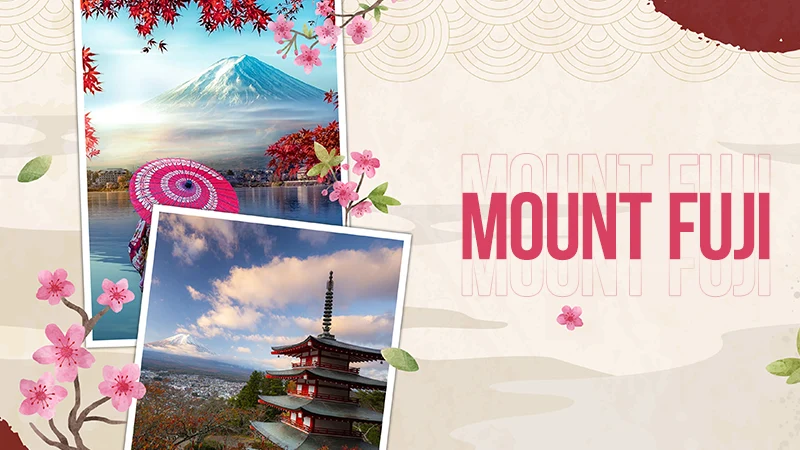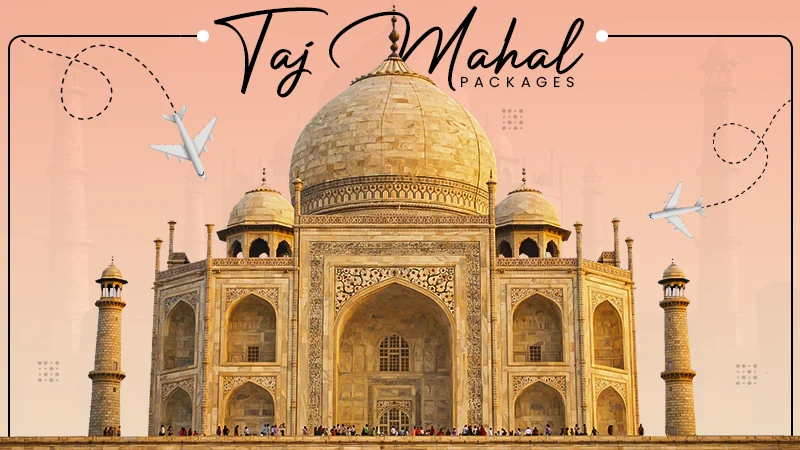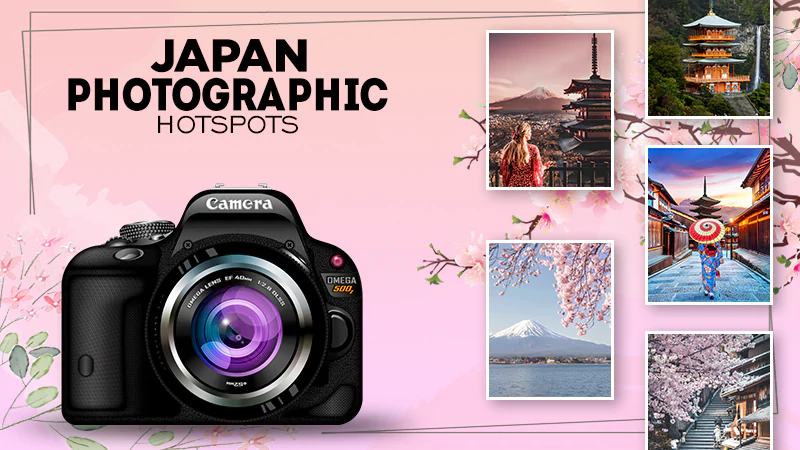
Taking a photographic journey in Japan is a chance to capture the country’s diverse and captivating beauty.
From the busy streets of Tokyo to the peaceful natural scenery and historic sites, this country has many exciting places for photographers.
Come with us as we discover the top spots to capture Japan’s essence with your camera. We’ll also share helpful tips for an adventurous and unforgettable photography experience.
Tokyo’s Urban Photographic Spots
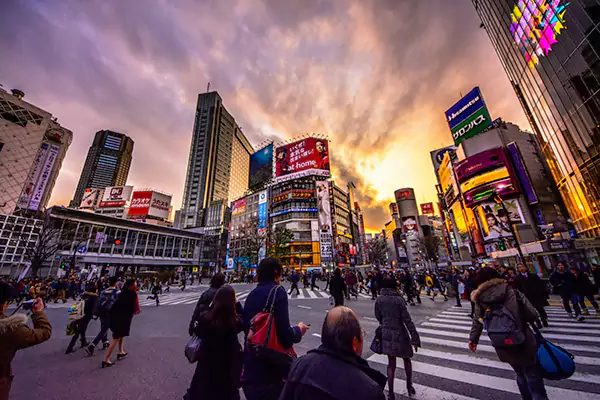
Japan size compared to US and other countries may be smaller, but it still has a plethora of exciting hotspots that are worth capturing in a camera.
Picture yourself in the heart of Shibuya Crossing, capturing the chaos and excitement of the bustling crowd.
Elevate your photo game by taking shots from surrounding buildings – just remember to avoid the center of the crossing for safety reasons.
Venture to the Meiji Shrine, where there are rows of colorful sake barrels. These barrels, donated by sake brewers, add a unique touch to every photograph.
In contrast to the urban jungle, this serene spot in Shibuya offers a blend of tradition and nature, making Tokyo’s urban landscape a dynamic playground for photographers.
DO YOU KNOW?
On average, over 2.4 million people cross Shibuya every day, with roughly 2,500 pedestrians on every crossing.
Capturing Nature and Serenity
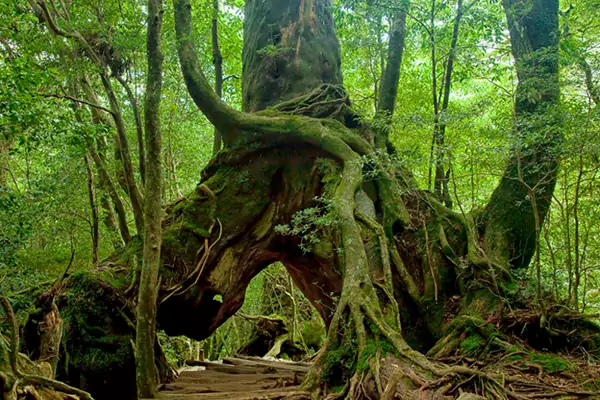
This Asian country is a mix of urban, traditional, and nature’s bounty in every way. Every public park and village is well-maintained and made accessible for young and older generations.
Here are five must-visit spots renowned for their natural beauty and serenity:
- Yakushima Forests: These ancient forests offer a mythical aura, perfect for capturing nature’s majesty.
- Arashiyama Bamboo Grove: The tall bamboo shoots provide a unique, serene backdrop.
- Mt. Fuji: Japan’s iconic mountain offers breathtaking views.
- Shirakawa-go: The traditional village showcases the harmonious blend of man and nature.
- Oirase Gorge: Lush greenery and rushing waters make this a soothing, picturesque spot.
Historical and Haunting Photography
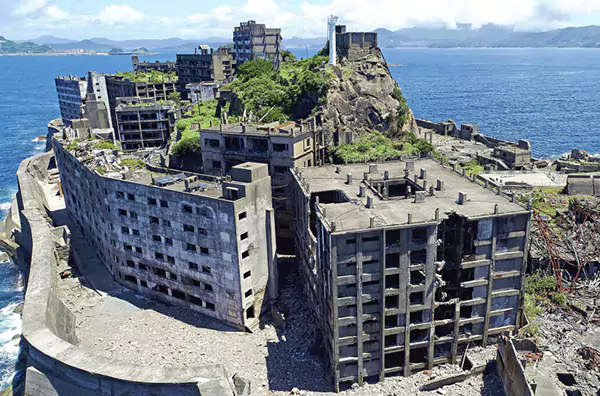
Japan’s rich past and eerie abandoned sites offer striking contrasts and compelling narratives for a good lens.
Imagine capturing the crumbling concrete buildings of Battleship Island, a UNESCO World Heritage Site. It’s an abandoned place, steeped in history and mystery, that’s sure to give photos a haunting edge.
Also, explore Glover Garden in Nagasaki, an open-air museum displaying Western-style homes of British merchants.
It’s great to experience a different kind of history, juxtaposed with the perfectly manicured gardens and the city’s sprawling view.
While drawn towards the eerie or the historic, Japan’s photographic hotspots will provide a wealth of inspiration and a unique photographic perspective.
Modern Japanese Culture Through Lens
In the heart of Tokyo, there’s Harajuku, a hub of modern Japanese culture that’s perfect for capturing the urban setup in a camera.
This vibrant district is a hotspot for youth fashion and pop culture, teeming with unique photo opportunities.
- Capture the striking Harajuku fashion styles, characterized by bold colors and eccentric designs.
- Snap photos at Takeshita Street, a bustling pedestrian shopping street lined with trendy shops and cafes.
- Visit the Meiji Shrine, a serene contrast to the bustling city to photograph traditional Shinto architecture.
- Don’t miss the Omotesando, Harajuku’s upscale shopping district, where modern architecture shines.
- Lastly, venture into the themed cafes for a glimpse into Japan’s quirky subcultures.
Each click of the camera shutter in Harajuku offers a unique lens into modern Japanese culture.
Here, tradition and modernity coexist, creating a fascinating photographic journey.
Seasonal Beauty in Photography
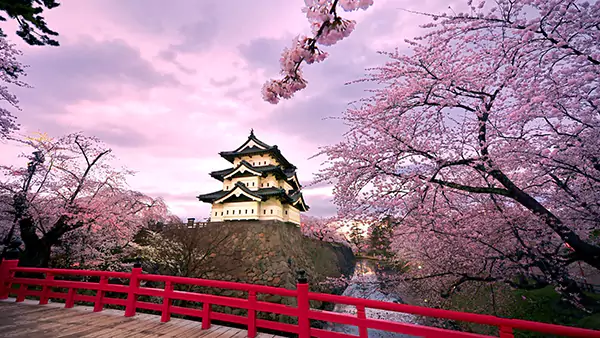
Every season in Japan offers its unique photographic opportunities that shouldn’t be missed.
The spring season captivates with the whimsical cherry blossoms blooming across the country.
These delicate pink flowers create a soft, dreamy landscape that’s a delight to capture.
After the heat of the summer has subsided, autumn brings a new color palette. The leaves transform into vibrant shades of red, orange, and yellow, providing a spectacular backdrop for the photos.
Winter also has its charm for local and international visitors. The serene attraction of snow-covered landscapes and icy-blue lakes offer stunning contrasts perfect for photography.
Natural Landscapes: A Sight to Behold
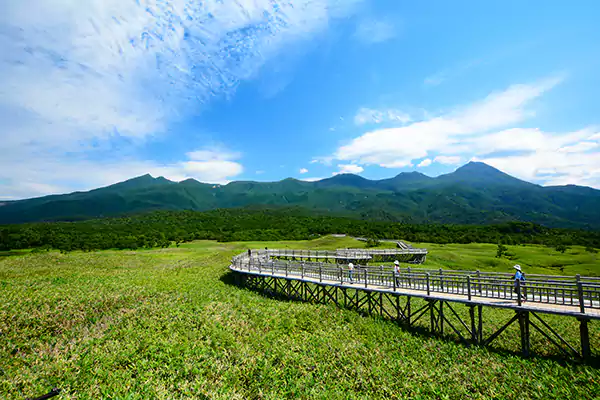
Japan’s breathtaking natural landscapes offer awe-inspiring views that are ready to be immortalized through the lens.
- Takachiho Gorge, Miyazaki, Kyushu: Here, you’ll witness a majestic waterfall cascading down a cliff into a serene river, surrounded by lush greenery.
- Yakushima, Kagoshima, Kyushu: This forested island, filled with ancient cedar trees, offers a fairytale-like shot.
- Tottori Sand Dunes, Tottori: A mesmerizing contrast to Japan’s usual green landscapes, these vast dunes stretch out towards the horizon.
- Shiretoko National Park, Hokkaido: Capture the untouched wilderness, teeming with wildlife and stunning vistas.
- Goshikinuma, Fukushima: A cluster of vibrantly colored volcanic lakes that change hues with the seasons.
These spots show that Japan’s beauty isn’t just in its culture and history, but significantly in its diverse and captivating natural landscapes.
Unique Phenomena: Beyond the Ordinary
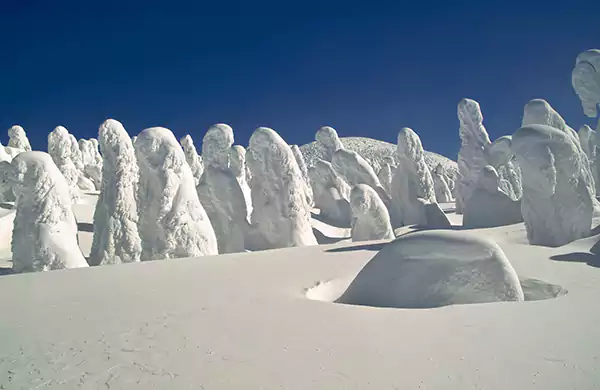
Imagine gazing at Mount Zaō’s ‘snow monsters,’ where heavy snowfall coupled with freezing winds create otherworldly shapes out of the trees.
Or try capturing the stunning panorama views and wildlife in the Northern Alps of Nagano.
Its mesmerizing reflection of Mount Fuji on Lake Kawaguchi is an almost surreal sight.
Don’t forget the Shiroyone Senmaida Rice Terraces in Ishikawa, an agricultural landscape that shimmers under the setting sun.
And if you’re there in spring, Mount Yoshino in Nara offers a sea of cherry blossoms, an ephemeral spectacle that encapsulates Japan’s attractions.
Exploring Japan: Direction Tips for Photographers
Japan is not just famous for tourism but also for other cultural activities which attract international visitors as well.
Take a look at the graph below that shows that among the most popular hobbies of Japanese people are traveling and photography.

You will need some practical tips and insights to successfully capture Japan’s scenic beauty through the lens.
Be wary of the weather conditions in Japan which has four distinct seasons. Each season offers unique photographic opportunities, so plan your trip accordingly.
For instance, spring’s cherry blossoms and autumn’s vibrant foliage are visually stunning.
Respect the local customs when shooting at a shrine or temple, abide by the rules, and be respectful.
All photographic equipment should include a good wide-angle lens that will help capture expansive landscapes, while a telephoto lens is great for close-ups.
Always carry spare batteries and memory cards to store all the photos safely, uploading each one in a separate online folder.
Be patient while taking the perfect shot which often requires waiting for the right moment.
Also Read: Swords and Japan the Craftsmanship & Culture
What is the most photographed place in Japan?
The most photographed place in Japan is likely the iconic Mount Fuji.
Is it legal to take pictures of people in Japan?
Yes, it is generally legal to take pictures of people in Japan in public places, but respect their privacy and ask for permission in private settings.
Where is the best photo spot in Himeji Castle?
The best photo spot in Himeji Castle is often considered to be the iconic view from the Otemon Gate.
What are the three most beautiful places in Japan?
Three of the most beautiful places in Japan are Kyoto’s Fushimi Inari Shrine, Tokyo’s cherry blossom-filled parks in spring, and the scenic landscapes of Hokkaido.






